Transylvania is a very popular destination. If you mention “Transylvania”, most people react like they know, at least something, about it. But when you ask where it is or how things are going there, usually what you get is disbelief or question mark faces. If you push further and ask them to pin it on a map, they don’t know, and they struggle while looking for the name written on it.
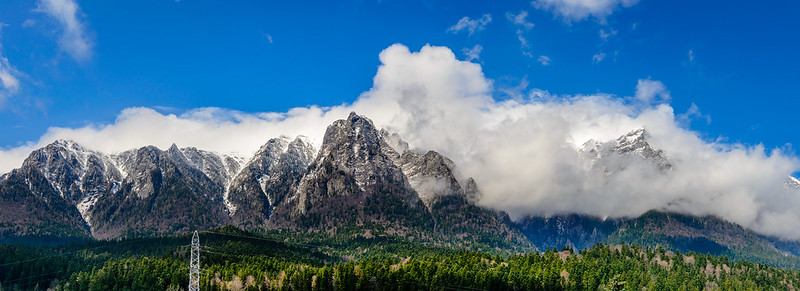
There is too much mystery and tales about Transylvania and people know almost nothing real about it. What we can say is that you should treat yourself to visiting it. Exactly this trip took us around Transylvania and we are enjoying it a lot! There is too much to know, see, and try here. Now we know, we will need several or many trips to explore it kind of completely. We know many people are curious about Transylvania and what to do in Transylvania. If you are one of those, we wrote this for you to have a clearer approach to it. For sure, you will include it in your traveling list and once here, you will experience love at first sight.
Does Transylvania really exist?
Yes, Transylvania exists and it is beautiful! Is this a silly or unnecessary explanation? Not at all! People far away from Romania sometimes express either sharp curiosity or serious doubts about the existence of Transylvania. And it is fiction’s fault. For a long time, writers, TV producers, and filmmakers have created a lot of creepy tales about Transylvania. It is very linked to howling wolves and vampires, specifically Dracula, in people’s heads. If you give a quick check on the Internet, you will find plenty of questions such as “Is Transylvania a country?”, “Is Transylvania a real place?”, some are hilarious, “What money does Transylvania use?” and “What language did vampires speak in Transylvania?”.
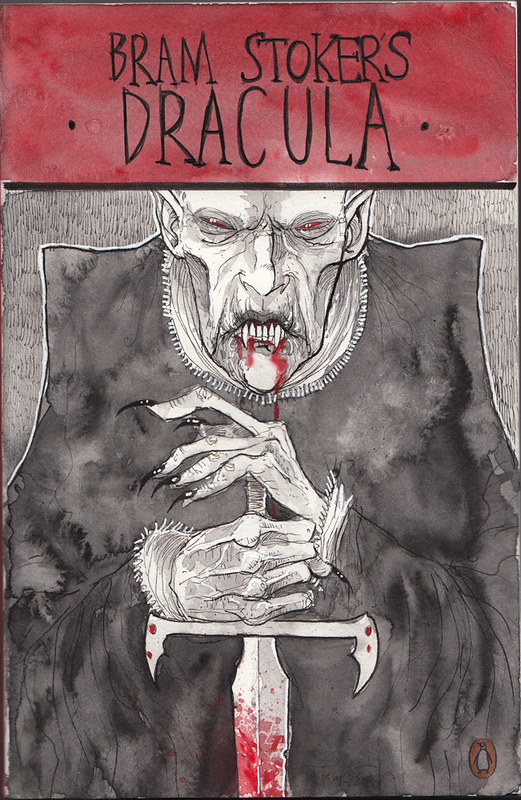
Well, Transylvania truly exists! It is not a country, but a vast geographical region located in Romania. Being Romanian territory, the currency they use is called the leu and the official language is Romanian. That’s it! About vampires, ok, if you are fans of those stories and movies better stop here! Spoiler alert! There are no vampires around. We slept in our tent in the forest so we could have been easy prey for a thirsty vampire while being in such darkness. We were at Dracula’s castle (Bran’s castle) too. And so far no, nothing vampiric happened!
Where is Transylvania?
Transylvania is a region located within the Carpathian arc shaped by a range of big and beautiful mountains across Central-Eastern Europe.
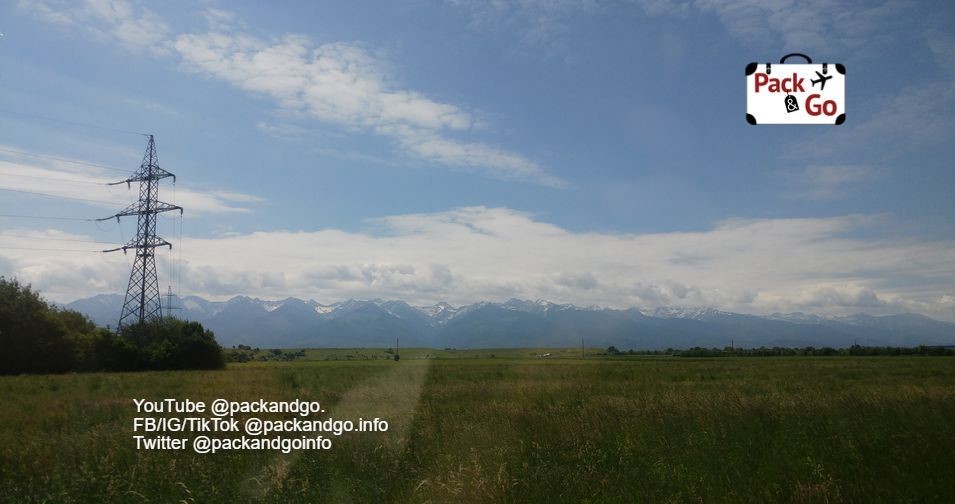
Transylvania’s region is vast. Wait a bit! Let’s make a note here. More precisely, Transylvania was an official region of Romania in the past, but not anymore. For this reason, it is hard to talk about clear borders or the exact area it covers. This is also the reason you don’t find its name in the current maps. History around is very deep and there were many changes through time. Some of the current Romanian counties and cities have been included always in this region because they were part of it since the times it had a prince or governor in charge. Others have been considered part of Transylvania during a certain time.
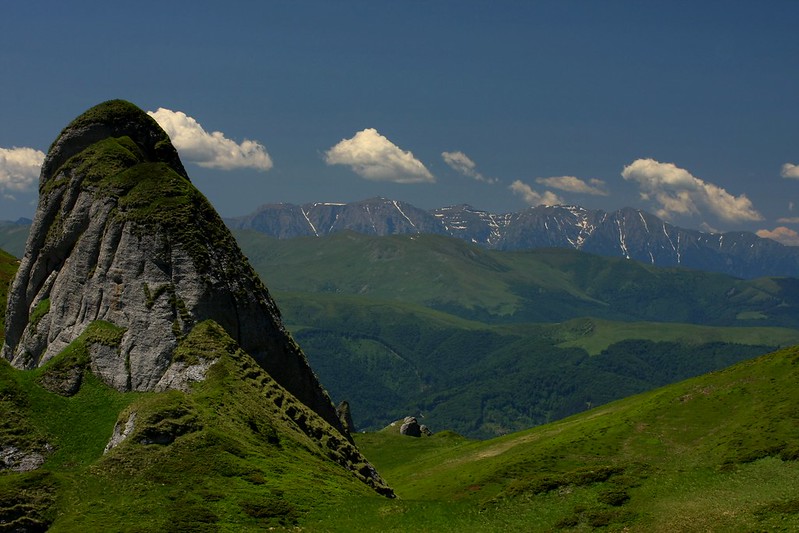
Anyway, take your map of Romania right now! It will be easier to locate Transylvania through the names of its major cities: Timisoara, Oradea, Cluj-Napoca, Sibiu, Brasov, Sighisoara, Alba Lulia, Targu Mures, Baia Mare, and Hunedoara. In some sources, the western half of Crisana, Maramures, and even Banat are included too.
After the positive results for the Allies side in World War I, the Kingdom of Romania got bigger territory, including at that time Banat, Maramures, Crisana, Bucovina, Basarabia, and Transylvania. Later in 1939, Hungary got northern Transylvania. But at the end of World War II, again with the victory of the Allies side, in which Romania fought, that territory got back to Romania.
| Follow PackAndGo.info at: | |
| YouTube | @packandgo. |
| @packandgo.info | |
| X | @packandgoinfo |
| @packandgo.info | |
| Bluesky | @packandgo.bsky.social |
| TikTok | @packandgo.info |
Are Count Dracula and Vlad “The Impaler” the same?
This is another confusing point for many too. If we have to fear one of the two, we fear Vlad Țepeș, "The Impaler"! He was a real and ruthless human. While Dracula was horrifying but fortunately, only a character of fiction. In 1897, Bram Stoker, an Irish, published “Dracula” novel. He chose Transylvania as the location for his character’s tales and then the connection between vampires and Transylvania started.
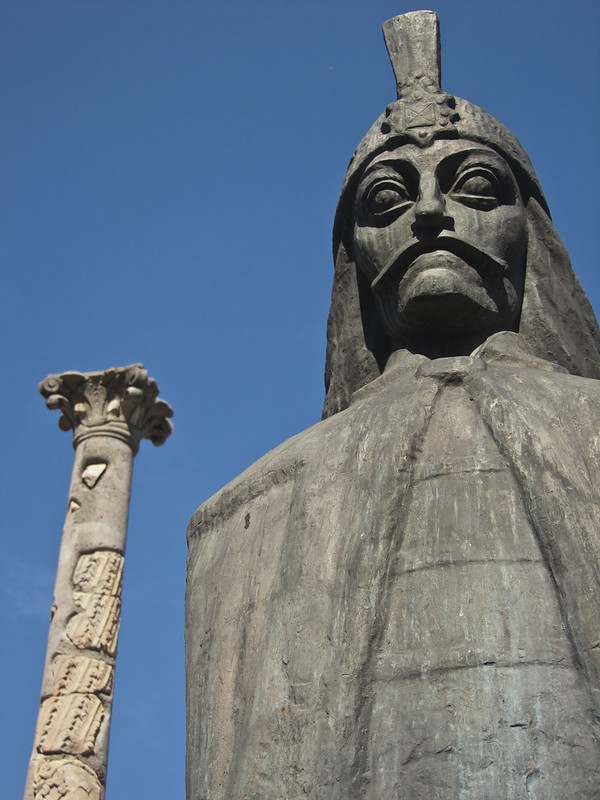
It seems that vampires became popular first in poems, in the early 18th century. Between 1720 and 1730, people got very scared and fascinated with the idea of such characters’ existence. Exhumations took place to analyze suspected vampires, for instance in Serbia, during the Habsburg rule. After poems, other tales were written, some already with an erotic tone, love stories between humans and vampires, ruthless and friendly vampires, etc. The idea of such entities getting back from death and giving that chance to others got a lot of traction in the audience. So Bram Stoker smartly jumped on a popular trend when he wrote his Dracula novel.
The name of Vlad “The Impaler” (Țepeș, in Romanian) was Vlad III Dracula (son of Dracul or son of the dragon). His father was a member of the Order of the Dragon created by Sigismund, a Holy Roman Emperor, to defend Christian Europe against the Ottoman Empire. Vlad III was born in 1431, in Sighisoara, Transylvania (currently, Romania), into a noble family, and he had three brothers. He was the second son. Vlad was a voivode, meaning a prince or military governor of Walachia, during different periods. He became very popular due to his brutality and ruthless methods to punish his enemies, impaling was one of them. He died in 1476.
Different castles and places are linked to Vlad’s life and Dracula’s novel. He lived in the Poenari castle located on Mount Cetatea’s plateau, close to the Fagaras Mountains, on the Arges river valley. He was a prisoner in Corvin castle, also called Hunyadi castle, in Hunedoara, Romania. Ironically, the castle that has been deeply associated with Dracula, the fictional character, Bran castle, called by many Dracula’s castle, in reality, is related at all neither with Vlad III nor with Dracula (character). Bran castle is a good place to visit, but it is very fun to see the big disappointment it produces for tourists because what you can find there is not exactly what Dracula fans expect.
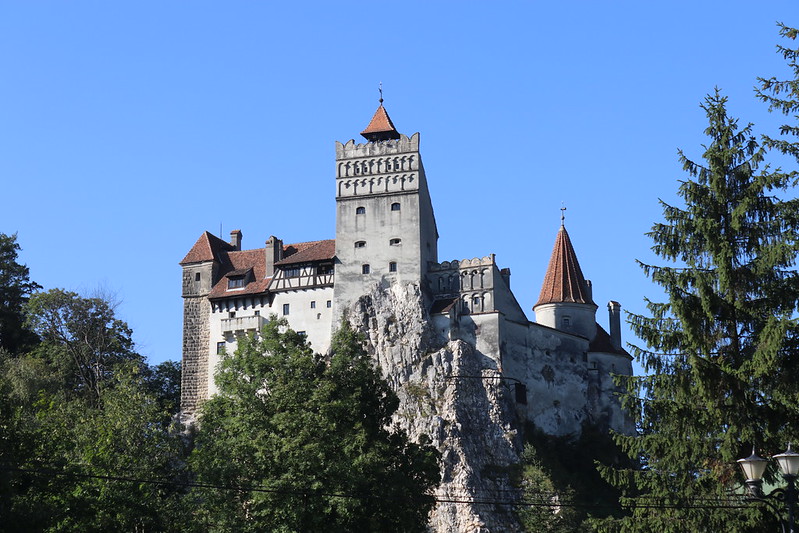
Now, be ready for a very sad fact: Bran Stoker, the creator of Dracula’s novel, never visited Transylvania or Eastern Europe in general. He researched Transylvania in different books (like travel books) and live sources (historians). Then, he let his imagination work. It has been presumed for a long time that Vlad “The Impaler” inspired the creation of Dracula’s fictional character but there is no solid evidence further than some similarities, the castles, brutal nature, and name (Dracula).
Come on! Bran Stoker did not visit the place he wrote about long and deeply. You, dear readers, must visit Transylvania at least once in your life! Why? What to do in Transylvania? Well, that is our next stop.
What to do in Transylvania?
It can take a very long to answer this. Now you know that Transylvania covers a vast Romanian region. That means you can visit at least eight or ten Romanian cities (more if you go with the wide list of cities considered Transylvania). Therefore, each of these cities means a lot of different activities and experiences to do and enjoy in Transylvania. We will give you some general recommendations.
Go hiking
This is a great activity when you think about what to do in Transylvania. As we have told you, the mountains you see while traveling around this region are awesome. The Carpathians, the Apuseni, and the Fagaras are amazing and there are more mountains, smaller, bigger, easier, or harder to explore than others. At least one should suit your taste and physical condition. No matter where in Transylvania exactly you are, you will find trails for hiking, and enjoying beautiful views, fauna, and flora. The mountains in Romania are a massive attraction you should not miss!

Go on a scenic drive
Again nature, the countryside, is involved in this recommendation. Views in Transylvania are awesome and Romanians have something very cool for drivers, the Transfagarasan highway. It is a scenic drive built across the mountains. It is around 150 km in length and its highest point reaches 2,042 m. The Transfagarasan highway is a long serpentine full of astonishing views. Tourism was not the purpose to build this highway. Its construction (1970-1974) was ordered by Nicolae Ceausescu for military purposes. The goal was to create a strategic route through the Fagaras mountains to transport troops in case of a USSR invasion of Romania. Usually is completely open from June to October. Later it is closed due to the snow. When wondering what to do in Transylvania, this can be a good choice.
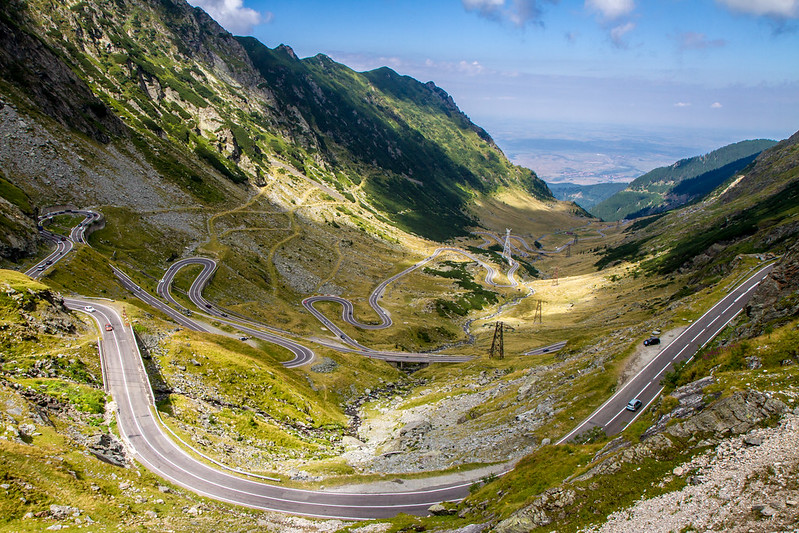
Visit a traditional village
Being already in the countryside, you can visit a traditional village to get a glimpse into rural Romania’s life. Farming practices, crafts, food, and customs are always interesting to explore. Biertan village is a good choice to see old Saxon-style houses, medieval touch, a fortified church built in 1486, the life of a Transylvanian commune, and more. Biertan village is located 30 km east of Mediaș and 81 km north of Sibiu. There is another picturesque village for you only 20 km southeast of Mediaș. Its name is Alma Vii village. You will identify it when you see the cool reddish tiles of the old houses there.
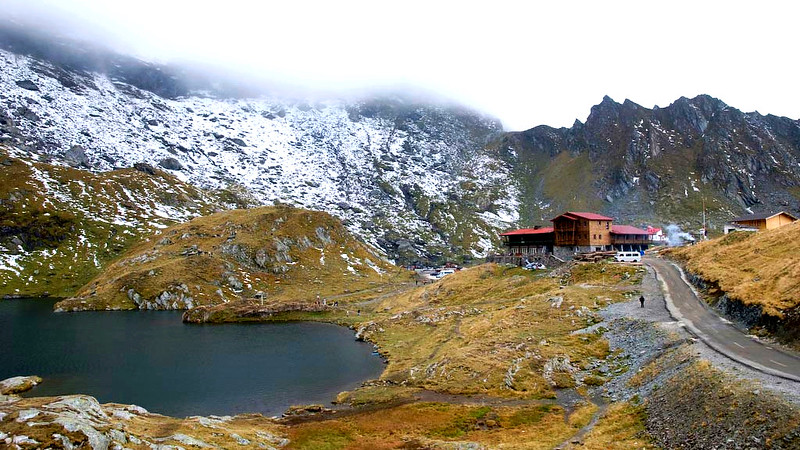
Viscri village is another small and cool settlement you can visit in Transylvania. It is another well-preserved Saxon village that offers you a trip through the Middle Ages’ architectural style, traditions, and life. Viscri village is 43 km southeast of Sighisoara and 80 km northwest of Brasov, based on Google’s calculations.
Peștera and Măgura villages are also alternatives to experiencing Transylvania. They are two cute mountain villages located in Brasov county, at the border of Piatra Craiului National Park. Due to their high altitude, great views of the Piatra Craiului and the Bucegi mountains are guaranteed for you. And the list of traditional villages can go very long!
Another choice to get this approach is the ASTRA Museum located in Sibiu. Ethnology, history, and cultural re-creations are waiting for you. For more details, you can check Sibiu has a secret! Why do its countless eyes constantly watch you?
Explore medieval towns
What to do in Transylvania, well, without a doubt you should visit some medieval towns. It is very interesting to explore such places, their architecture, narrow streets, and current life. Usually, there is a lot to explore in medieval towns (Sibiu, Brasov, Cluj-Napoca, Sighisoara, Timisoara, Oradea, etc.).
Visit castles and fortresses
If you are into castles and fortresses, Transylvania won’t disappoint you! There are many. Some are not advertised as main attractions but they are on the way. They are big structures to admire from an architectural point of view and there is a lot of history and legends around them.
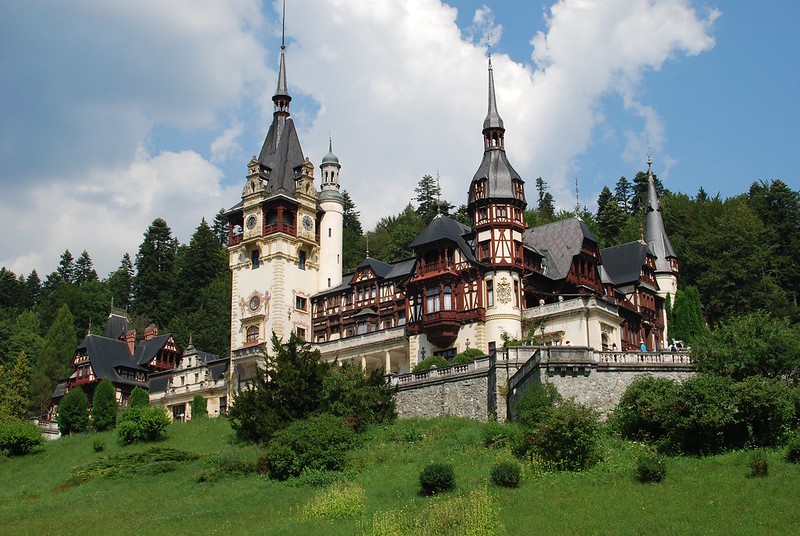
Corvin castle is a popular Gothic architecture representative that waits for you in Hunedoara.
Bran castle is another Gothic architectural building, only 30 km away from Brasov.
Peles castle is a big Neo-Renaissance construction located in Sinaia.
Cantacuzino castle is a neo- Romanian style building located in Bușteni.
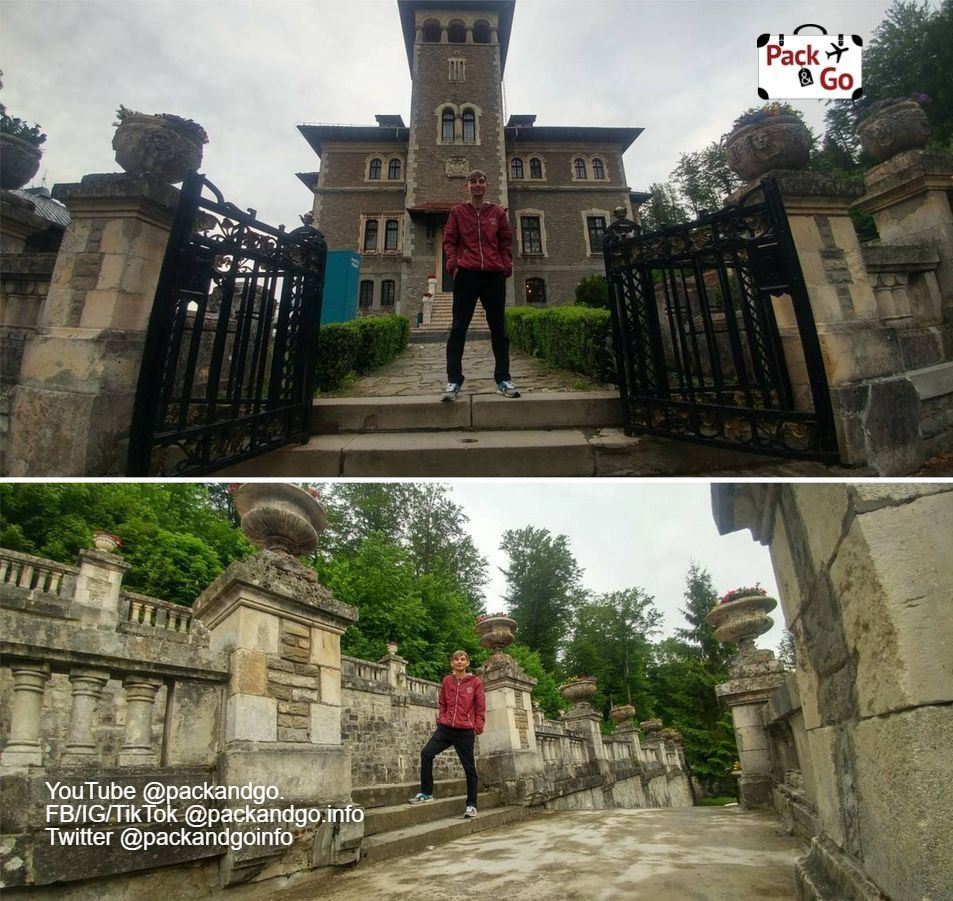
Go on a wine-tasting tour
What to do in Transylvania? Trying wine sounds good for us hahaha. What about you? While traveling in this region, we have seen vineyards, and close to them, usually, you can taste and even take a tour. You can try and see the wine-making process. Such a stop after days of exploring is always a guarantee of joy and relaxation. Write down the idea!
Try traditional food
We were told that we would find different and specific food in Transylvania. Honestly, we enjoyed dishes we have found also in the cities. But something we agree on is that even the popular mici (grilled minced meat), sarmale (cabbage rolls), or palinka (fruity kind of brandy) have a great and more rich seasoning and taste in the countryside. You will find many local restaurants wherever in Transylvania you go to enjoy delicious food.
Attend a festival
Depending on the dates you visit Transylvania, you could catch different festivals (folklore, film, traditional dances, food, music, etc.). It could be a fun way to approach the traditions of the region.
Visit a salt mine
We did not know about this attraction before but yes, some salt mines in Transylvania offer tourists a tour. Walking on a mine is a different experience. You can see the salt deposits and unique formations. Besides, mines, like the Turda Salt Mine, include interesting bonuses like a boat ride on an underground lake. It is a cool experience! Turda Salt Mine is 37 km away from Cluj-Napoca, around a 45-minute drive, based on Google’s calculations.

You can check updated fees and schedules here https://www.salinaturda.eu/en/schedule-and-prices/
Treat yourself to a spa
Transylvania is full of nature, therefore the ideal region to enjoy hot springs, saunas, and massage treatments. Some spas keep the nature spirit so you can relax and rejuvenate in very calm, relaxing hot springs surrounded by beautiful nature.
Conclusion
Now you can have a clearer glimpse and cool ideas about what to do in Transylvania. Its landscape, rich history, and traditions make it a special destination to visit. If you pin on a map some of the places we just recommended, you will see how vast the region is. Therefore, all the possibilities you have while traveling around it. Choose the route or interest (nature, mountains, churches, museums, fortresses, etc.) that better suits you, and don’t hesitate. You can also choose one or two Transylvanian cities as bases to move around. Transylvania is a very cool experience. Just pack and go!
Remember, Transylvania exists and it is a vampire-free destination! You can visit it safely!
If you got in love with Romania, you may be interested in:
Did the violent past leave something worth visiting in Brasov?
Sibiu has a secret! Why do its countless eyes constantly watch you?
Can there be anything worth visiting in Cluj-Napoca?
Oradea, Romania, does this border city suck?
Timisoara, the progressive city that broke the communist chain
Bigar, the once stunning waterfall that is collapsing!
Orsova, Romania, a beautiful discovery kicked off by an error
| Follow PackAndGo.info at: | |
| YouTube | @packandgo. |
| @packandgo.info | |
| X | @packandgoinfo |
| @packandgo.info | |
| Bluesky | @packandgo.bsky.social |
| TikTok | @packandgo.info |
